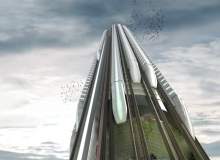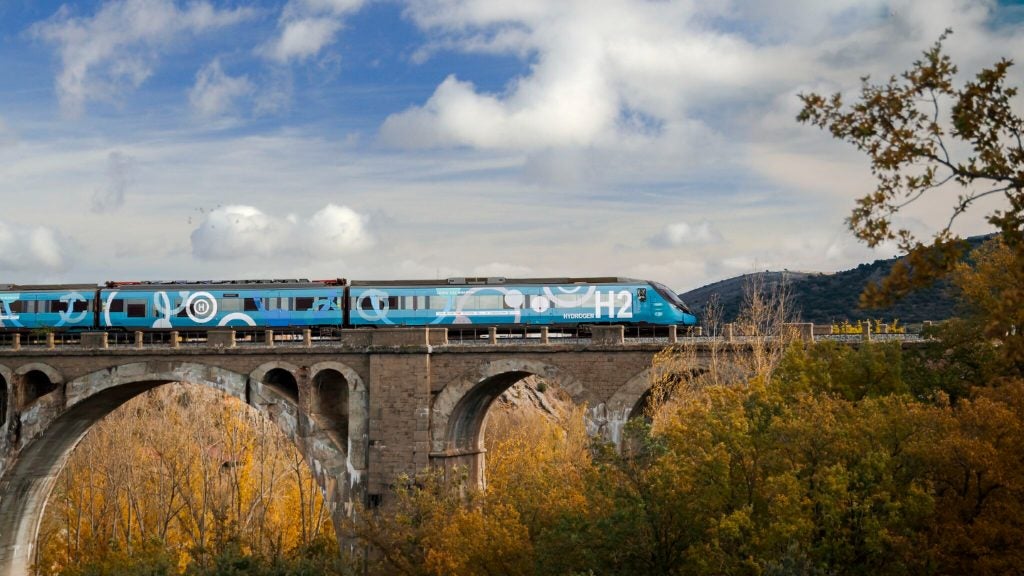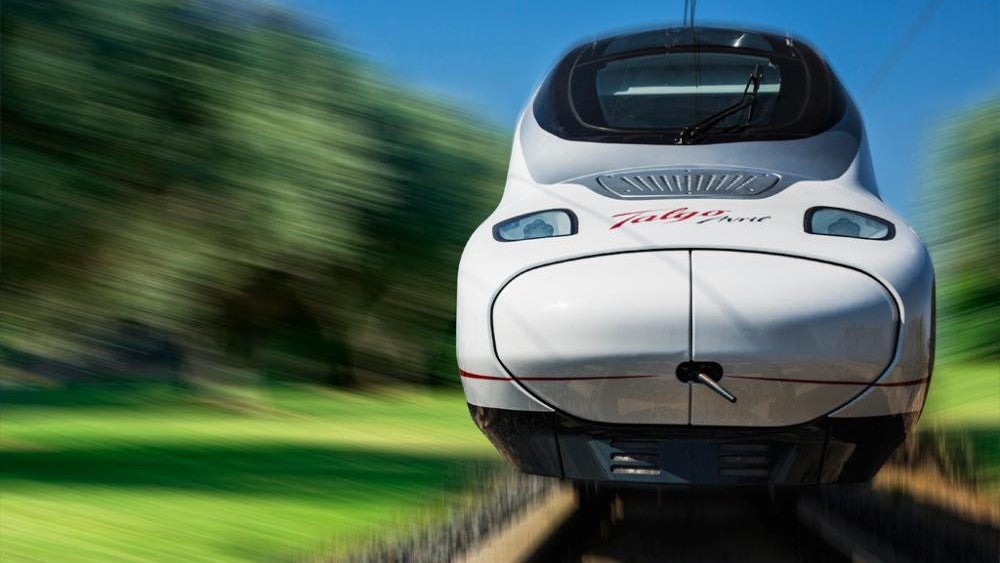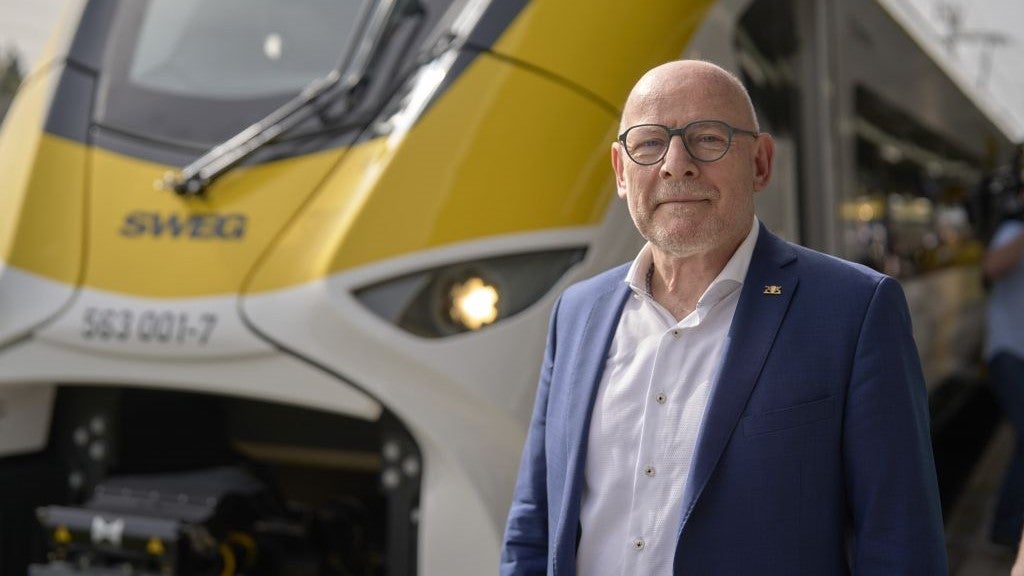

By UN estimates, the world’s urban population sits at around 3.2 billion people and is forecast to rise to 5 billion in the next 50 years.
Underpinned by the promise of employment and prosperity, the allure of metropolises to the masses is hardly new-fangled. But, since time immemorial, the flipside of city living has also been clearly manifest: overcrowding and a lack of space.
The predicted swelling of urban density continues to prompt debate over expediency and real estate. The subsequent challenge for architects, governments and city halls is to discover innovative means of creating new spaces that can positively impact on the daily lives of city dwellers.
Overpopulation aside, cities are also being forced to revise their transport links, in the name of the greater good for respective national economies. With Japan and China taking the lead, it is fair to assume that this century will be defined by the development of high-speed rail, dramatically paring journey times between cities.
As well as a host of technological demands, high-speed rail often requires a reimagining of urban infrastructure; not least the construction of new stations.
See Also:
But with aforementioned concerns over space utilisation and capacity restraints, how can municipal authorities sanction and justify the creation of sprawling super-hubs?
How well do you really know your competitors?
Access the most comprehensive Company Profiles on the market, powered by GlobalData. Save hours of research. Gain competitive edge.

Thank you!
Your download email will arrive shortly
Not ready to buy yet? Download a free sample
We are confident about the unique quality of our Company Profiles. However, we want you to make the most beneficial decision for your business, so we offer a free sample that you can download by submitting the below form
By GlobalDataLooking up: When skyscrapers and rail travel meet
Akin to the architectural philosophy that took shape in cities in the early 20th Century – that of building skyscrapers and high-rises to house mounting numbers of workers and inhabitants – the answer might simply be right above our heads, says Christopher Christophi.
Alongside fellow architect Lucas Mazarrasa, Christophi has designed a proposal for the world’s first Hyper Speed Vertical Train Hub, which, according to the brief, "aims to resolve the inevitable challenges that cities will face by 2075". The pitch was recently lauded with an honourable mention at the eVolo 2014 Skyscraper Competition.
"Lucas and I decided to enter the competition as we both had a common interest in futuristic solutions that could challenge the issues facing cities," explains Christophi.
"As several nations, such as the United Kingdom and USA, are beginning to consolidate proposals for high speed rail, we felt that it would also be a good time to add to the debate. Not only to challenge the current norms in train travel, but also to help encourage people to consider the next step in public transportation and how this can work within cities holistically."

Tower of strength: Reimagining the urban train station
As demonstrated by the pair’s dramatic renderings, the idea of the project is to vertically flip the current and longstanding form of the urban railway station, in which hubs will sit on a 300m high cylindrical tower. Using maglev technology, the trains will arrive and depart via the building’s kinetic facades.
Each tower is formed of three major components: vertical circulation via lifts and mechanical ramps, a supporting structure designed to hold the tower and the train’s docking sections, which connect to the carriages on the outer face of the tower.
The tower will also include an atrium at its heart, paying homage to the cathedral-like concourses that dominated station design during the 19th Century. Furthermore, it will be geared towards social and consumer needs, with each platform and floor – connected by lifts – offering retail services and "a place for travellers to interact".
Christophi is quick to stress that the hub, which also includes a rooftop plaza and adjoining urban park at its base, is intended to be a monument of architectural and civic pride.
"We hope they will become the heart of each city and its connection to neighbouring cities and countries afar," he says. "But, more importantly, they will become recognisable structures around the world. It will be the first entirely public tower – a building that is built for its citizens and their benefit."
Commercialisation on track: Maglev technology is already in place
A recent news report announced that "as many as 44 trains loaded with volatile Bakken crude oil" are passing through New York each week.
As for the trains, the design is based on the idea of vertical horizontal transition – a concept not too dissimilar to that of the Ferris wheel. As the train travels and transitions from its horizontal formation, and ascends up the facade, the carriages will pivot, enabling passengers within the carriage to remain in an upright position.
The carriages will also be supported by a magnetic structure located at either side, eliminating the need for rails beneath, and allowing the carriages and its passengers to connect to the tower.
Christophi acknowledges that the concept will have its doubters, who argue that it sits firmly in the camp of blue-sky thinking. However, he counters that it is a thesis predicated on train technology that is already commercially available.
"Like most infrastructure projects, there will always be major construction challenges," he says. "Although the design can be considered a utopian dream, we wanted to ensure that our proposal was based upon adapting current viable technologies. The challenges of today are no different to the challenges that the construction of our hub would propose."
If Christophi and Mazarra’s vision is realised, the potential benefits afforded to cities could be considerable. As well as driving down CO2 emissions, ensuring energy security and transforming trading relations, the project has been posited as a "repeatable" piece of architecture, able to be deployed in any city across the world.
And while 2075 has been mooted as the watershed date, Christophi is hopeful that commercialisation of the hub could take place before then.
"As I mentioned, we wanted to ensure that our conceptual design was based upon utilising existing and viable technologies that can currently be seen in hyper speed rail networks," he says.
"It’s a case of adapting this to work with our proposal. The current technologies of maglev trains will no doubt move leaps and bounds by 2075 from what it already is today, which we feel could make hyper speed trains the fastest and safest way of transporting goods and people. This will hopefully make our vision a reality."






